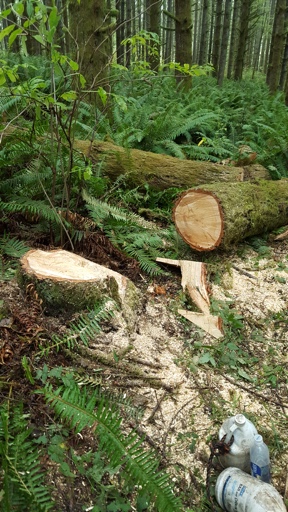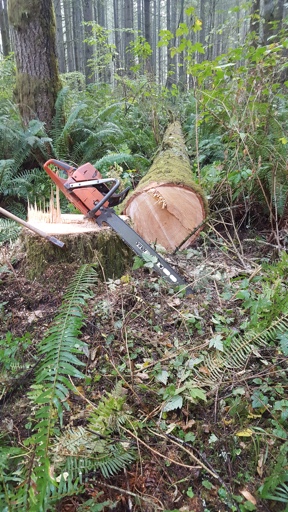I knew this tree was going to get hung up, there was no question about it. The real question was, where to fell it, so it makes as minimal damage to the other trees as possible. Overal, no real damage was done, so i'm quite happy with the outcome.
Also the shower of snow, made me blind for a few seconds
The felling lever is such a useful tool, every homeowner should own one.
Also the shower of snow, made me blind for a few seconds

The felling lever is such a useful tool, every homeowner should own one.







